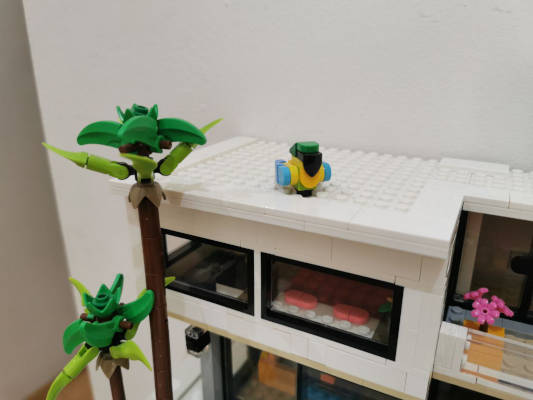-
Argo Rollouts: Canary deployments
7 min read

A canary deployment is a technique to reduce the risk of introducing a new version of a software application in production by slowly rolling out the change to a small subset of users before rolling it out to the entire infrastructure. If any issue is detected on the "canary", the deployment can be stopped, and the rest of the users won't be affected. With Argo Rollouts, we can easily implement this strategy.
18/03/2025
Read more... -
Argo Rollouts: Blue-Green deployments
8 min read

Argo Rollouts is a Kubernetes controller and set of CRDs for progressive delivery. It can be used to orchestrate blue-green deployments, canary releases, and rollouts. We are going to take a look at how to use Argo Rollouts to perform a blue-green deployment.
17/03/2025
Read more... -
Installing Argo Rollouts
2 min read

Installing Argo Rollouts is very simple, as it is a lightweight controller that can be installed using kustomize. We can also install the CLI to interact with it and start a dashboard to visualize the status of our rollouts.
This controller provides missing deployment strategies like Blue/Green and Canary in a Kubernetes native and GitOps friendly manner.
26/02/2025
Read more... -
Argo Workflows: Schedule workflows with CronWorkflow
2 min read

With Argo workflows you can automate tasks like building and pushing Docker images on a regular schedule: You just need to use the CronWorkflow to call any WorkflowTemplate.
In this example we are going to set up an Argo CronWorkflow that runs every hour, clones a Git repository, builds a Docker image using Kaniko, and pushes it to a Docker registry.
06/11/2024
Read more... -
Argo Workflows: Using the exit handler
2 min read

An exit handler is a template that always executes at the end of a workflow (regardless of whether it completed successfully or returned an error). You can use this run any action, for example: to send notifications after a workflow runs, post the status of the workflow to a webhook, clean up artifacts or run another workflow.
01/11/2024
Read more...